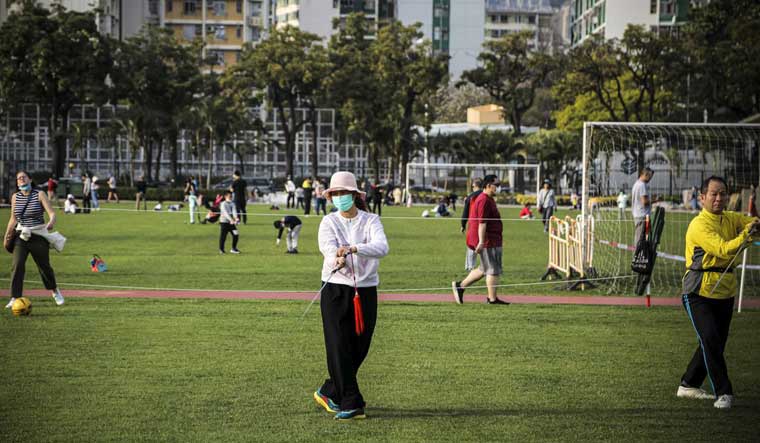Why does the coronavirus seem to spread so easily in public places? Scientists studying the nCov-19 strain of bacteria that causes COVID-19 have been searching for this answer for a while, seeking to find out how long it can survive in the air in aerosol particles that can be inhaled and on surfaces where it could be transmitted by touch.
A federally-funded study by scientists from Princeton University, the University of California in Los Angeles and the National Institutes of Health (NIH) has now found that the virus can survive for up to three hours in the air “post-aerosolization” and for up to three days on plastic and steel surfaces.
The study, which is yet to be peer reviewed, indicates that “aerosol and fomite transmission of HCoV-19 is plausible, as the virus can remain viable in aerosols for multiple hours and on surfaces up to days.”
The results if verified mean that infections are possible even without human contact and through simply passing though the same area as an infected person. This could explain the transmission of the virus in airports and public transport as well as its rapid spread through the world.
The duration the virus could survive on surfaces varied: For plastic and stainless steel it could be detected for up to 72 hours, four hours for copper and 24 hours for cardboard. Its survival rate on surfaces was similar to that of the SARS virus on every surface except for cardboard, where SARS lasted much shorter than the novel coronavirus.
Since the virus is roughly as contagious as SARS, why did it spread to and infect many more people? The study suggests that this could be due to the fact that COVID-19 can also spread through people with asymptomatic symptoms. “Other factors likely to play a role include the infectious dose required to establish an infection, the stability of virus in mucus, and environmental factors such as temperature and relative humidity,” it says.
The study’s findings are similar to that of a team of Chinese researchers from Hunan province, who examined the transmission of the coronavirus in a bus where a single person with the virus infected about 13 people, some who were sitting as far as 4.5 metres away from them. Since Chinese buses have CCTV cameras, researchers were able to study many characteristics of the journey: The spreader did not have a mask, but those who were wearing masks did not catch the virus. The first patient did not interact with any of the other passengers throughout the four-hour ride.
This study too found that the virus could survive for days on surfaces where respiratory droplets landed, with infection likely if people touched it and then touched their faces (vindicating the WHO advice to avoid touching your face).
The Chinese study was reported by the South China Morning Post and was published in the Practical Preventive Medicine journal. However, it was not available for preview on the journal website as of Thursday.
The COVID-19 disease that has infected over 127,000 worldwide has resulted in over 4,700 deaths. The WHO declared the coronavirus outbreak a pandemic on Wednesday.










